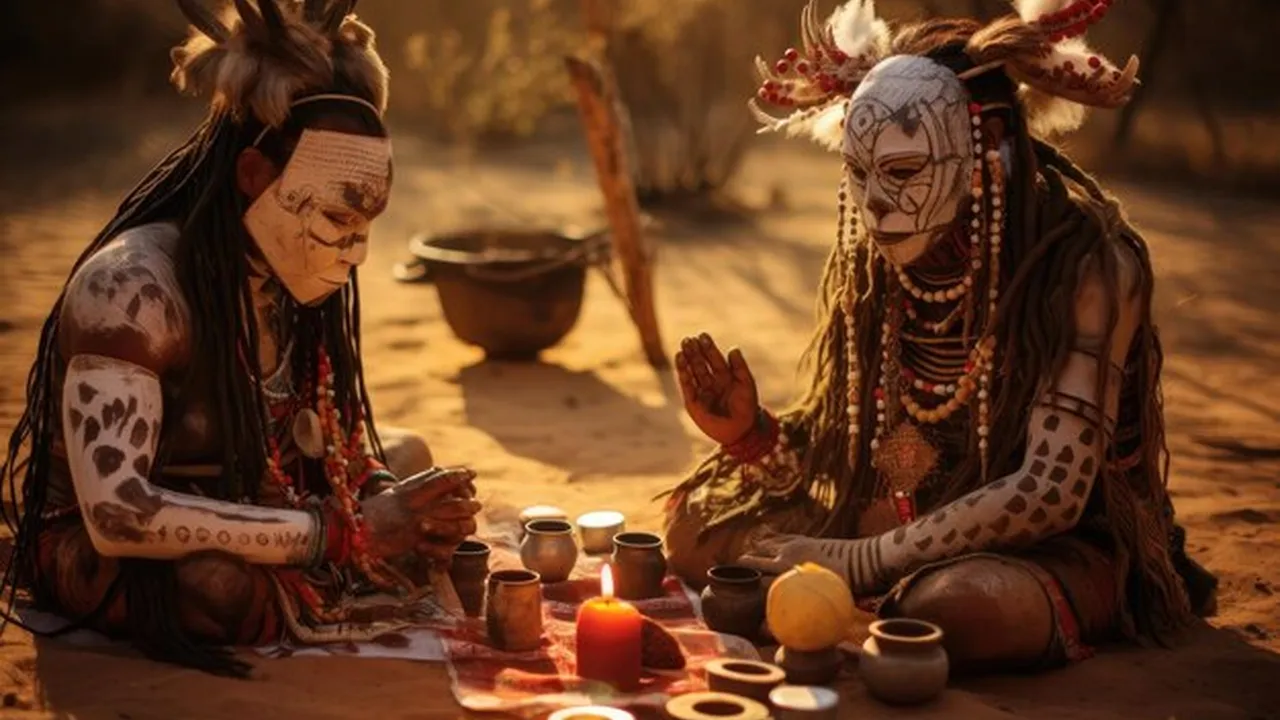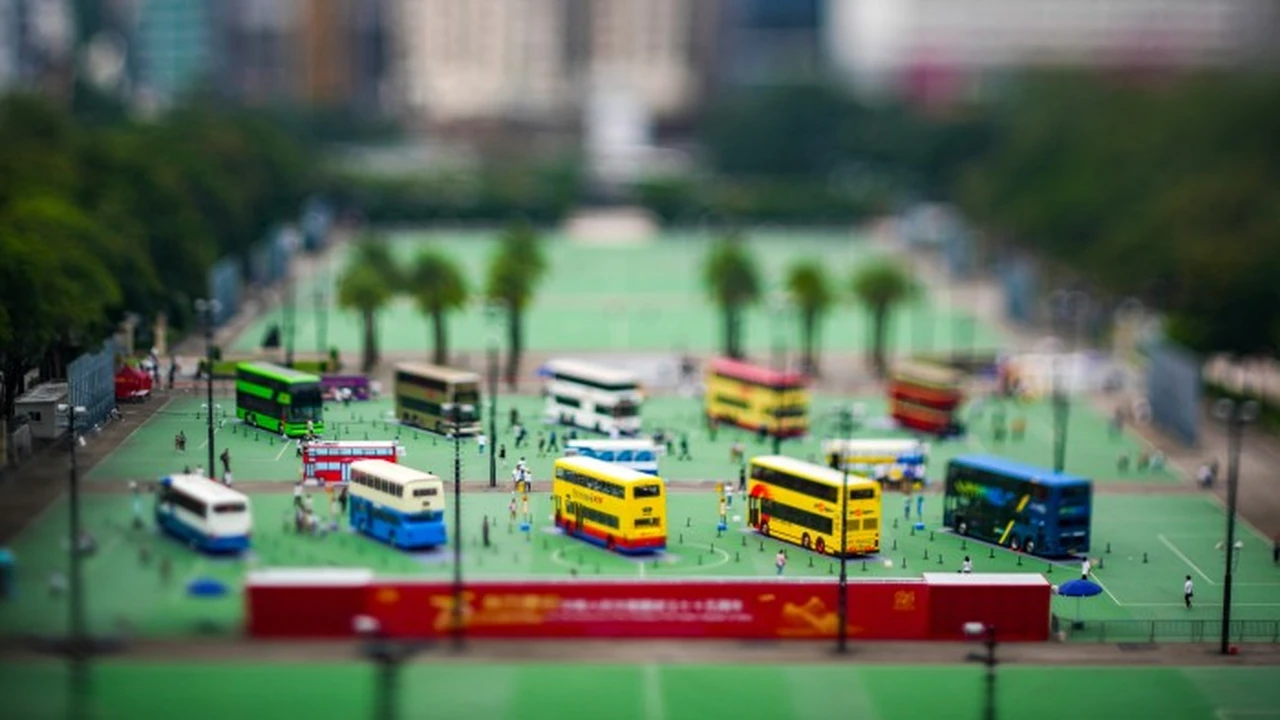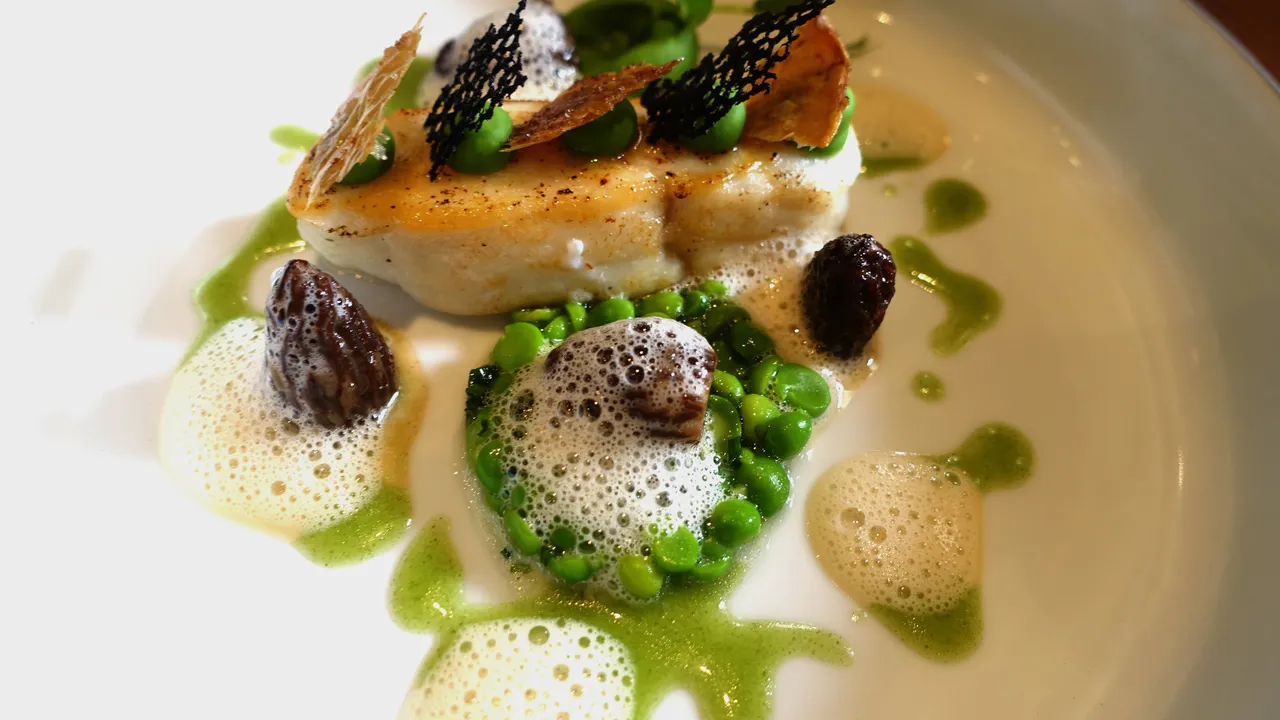Hong Kong's Temples: Exploring Ancient Traditions

Discovering Hong Kongs Sacred Spaces Temples and Their Significance
Okay, let's dive into the heart of Hong Kong, beyond the skyscrapers and bustling markets. We're talking temples – seriously cool places steeped in history, tradition, and a whole lotta good vibes. Hong Kong isn’t just about shopping and dim sum; it's got a spiritual side that's totally worth exploring. These aren't just tourist traps; they're living, breathing parts of Hong Kong's culture, where locals still come to pray, make offerings, and connect with their ancestors. From the iconic Wong Tai Sin Temple to the serene Po Lin Monastery, each temple tells a story, reflecting the blend of Buddhism, Taoism, and Confucianism that shapes Hong Kong's unique identity. So, ditch the shopping bags for a few hours and let's unravel the mysteries and beauty of Hong Kong’s temples.
Wong Tai Sin Temple A Colorful Oasis of Spirituality and Fortune Telling
First stop, the dazzling Wong Tai Sin Temple. This place is a sensory overload in the best way possible. Imagine vibrant colours, intricate architecture, and the constant buzz of people praying and seeking guidance. It's dedicated to Wong Tai Sin, a deity known for healing and bringing good fortune. But it’s not just about religion; it’s a cultural hub. You'll see people performing rituals, burning incense, and consulting fortune tellers. Seriously, the fortune tellers are a huge draw. You can get your future read in Cantonese, Mandarin, or even English! It's a bit of a gamble, but hey, it's all part of the experience. The temple's architecture is based on traditional Chinese principles, incorporating elements of Taoism, Buddhism, and Confucianism, making it a truly unique and harmonious space. Don't forget to check out the Good Wish Garden, a tranquil oasis within the temple complex, perfect for a moment of reflection.
Man Mo Temple A Tribute to Literature and Martial Arts Gods
Next up, the Man Mo Temple, a more understated but equally fascinating spot. This temple is dedicated to Man Cheong, the God of Literature, and Mo Tai, the God of Martial Arts. Think scholar meets warrior – a pretty cool combo, right? The temple is instantly recognizable by the coils of incense hanging from the ceiling, creating a smoky, atmospheric haze. These incense coils burn for weeks, symbolizing prayers and wishes rising to the heavens. The Man Mo Temple is a quieter, more contemplative space than Wong Tai Sin. It's a place to appreciate the artistry of the temple itself, the intricate carvings, and the historical significance. It was a place for students preparing for the imperial examinations to pray for success. Even today, it's a place to seek inspiration and guidance in your endeavors, whether academic, artistic, or professional. The temple is located in Sheung Wan, one of Hong Kong's oldest districts, adding to its historical charm.
Po Lin Monastery and the Big Buddha A Journey to Lantau Island and Spiritual Enlightenment
Ready for a bit of an adventure? Let's head to Lantau Island, home to the Po Lin Monastery and the Tian Tan Buddha (aka the Big Buddha). This is a bit of a trek, but trust me, it's worth it. You can get there by ferry and bus, or for a truly spectacular experience, take the Ngong Ping 360 cable car. The cable car ride offers stunning panoramic views of the island, the mountains, and the sea. The Po Lin Monastery is a peaceful retreat nestled in the mountains. It's home to monks and nuns, and you can often hear the chanting of prayers. But the real highlight is the Big Buddha, a colossal bronze statue perched atop a hill. Climbing the 268 steps to reach the Buddha is a bit of a workout, but the views from the top are incredible. It's a truly awe-inspiring experience to stand in the presence of this magnificent statue and soak in the serene atmosphere. You can also enjoy a vegetarian meal at the monastery's restaurant, a welcome break after the climb.
Che Kung Temple A Symbol of Resilience and Good Fortune for the New Territories
Let's venture into the New Territories to explore the Che Kung Temple. This temple is dedicated to Che Kung, a Song Dynasty general who is revered for his bravery and loyalty. He’s considered a symbol of resilience and good fortune. During the plague epidemics, Che Kung helped to suppress the plague. Located in Sha Tin, this temple is a vibrant and bustling place, especially during the Che Kung Festival. The temple is notable for its large windmill, which visitors spin to bring good luck and ward off misfortune. Spinning the windmill is believed to change one's fortune for the better. The temple's architecture is impressive, featuring intricate carvings and vibrant colors. It's a great place to experience local traditions and learn about the history of the New Territories. The temple also has a drum and a bell, which are rung to announce prayers and blessings.
Exploring Temple Products Incense Candles and Religious Offerings
So, you're at a temple, and you want to participate in the rituals. What do you need? Well, first things first: incense. Incense is a staple in most Chinese temples, symbolizing prayers rising to the heavens. You can buy bundles of incense sticks at most temples for a few Hong Kong dollars. Light the incense, offer a prayer, and place the sticks in the designated holders. Candles are another common offering, representing light and hope. You can find candles in various sizes and colors, each with its own significance. Some people also offer fruit, flowers, or even money as a sign of respect and devotion. These offerings are usually placed on the altars in front of the deities. Remember to be respectful and observe the customs of the temple. For example, don't point your feet at the altar and avoid wearing revealing clothing.
Top Temple Product Recommendations Enhance Your Spiritual Experience
Okay, let's talk specifics. Here are some products you might want to consider buying to enhance your temple experience:
Incense Sticks
Product: Sandalwood Incense Sticks. Use Case: Offering prayers and creating a peaceful atmosphere at home. Comparison: Cheaper incense sticks might have a strong, artificial scent. Sandalwood incense offers a more subtle, natural fragrance. Price: HKD 20-50 per bundle.
Candles
Product: Red Prayer Candles. Use Case: Offering blessings for good health and fortune. Comparison: Different colors have different meanings. Red is generally associated with good luck and prosperity. Price: HKD 10-30 per candle.
Lucky Charms
Product: Jade Pendants. Use Case: Wearing for protection and good luck. Comparison: Jade is believed to have healing properties and ward off evil spirits. Different shapes and symbols have different meanings. Price: HKD 50-200 per pendant.
Windmills
Product: Miniature Windmills. Use Case: Placing at home or office to bring good fortune. Comparison: Symbolic item to change one's luck for the better. Price: HKD 30-80 per windmill.
Comparing Temple Products Quality Price and Authenticity
When buying temple products, it's important to consider quality, price, and authenticity. Cheaper products might be made with inferior materials or lack the same spiritual significance. Look for reputable vendors and ask about the origin of the products. For example, genuine sandalwood incense will have a distinct, natural fragrance. Jade pendants should be smooth and free of cracks. And remember, the most important thing is the intention behind your purchase. Whether you're buying incense, candles, or lucky charms, do it with a sincere heart and a desire to connect with the spiritual traditions of Hong Kong.
Using Temple Products at Home Creating a Sacred Space
You don't have to be at a temple to enjoy the benefits of these products. You can create a sacred space in your own home by incorporating elements of Chinese temple culture. Light incense to create a calming atmosphere for meditation or relaxation. Place a small altar with a statue of a deity you admire. Decorate your space with lucky charms and symbols of good fortune. And most importantly, make time for quiet reflection and prayer. By incorporating these practices into your daily life, you can bring a sense of peace, harmony, and spiritual connection into your home.
Maintaining Temple Products Preserving Their Spiritual Significance
To maintain the spiritual significance of your temple products, treat them with respect and care. Store incense and candles in a dry place. Clean jade pendants regularly with a soft cloth. And avoid using harsh chemicals or abrasive cleaners. When you're not using your temple products, store them in a clean and respectful place. This will help preserve their energy and ensure that they continue to bring you good luck and blessings.
:max_bytes(150000):strip_icc()/277019-baked-pork-chops-with-cream-of-mushroom-soup-DDMFS-beauty-4x3-BG-7505-5762b731cf30447d9cbbbbbf387beafa.jpg)






